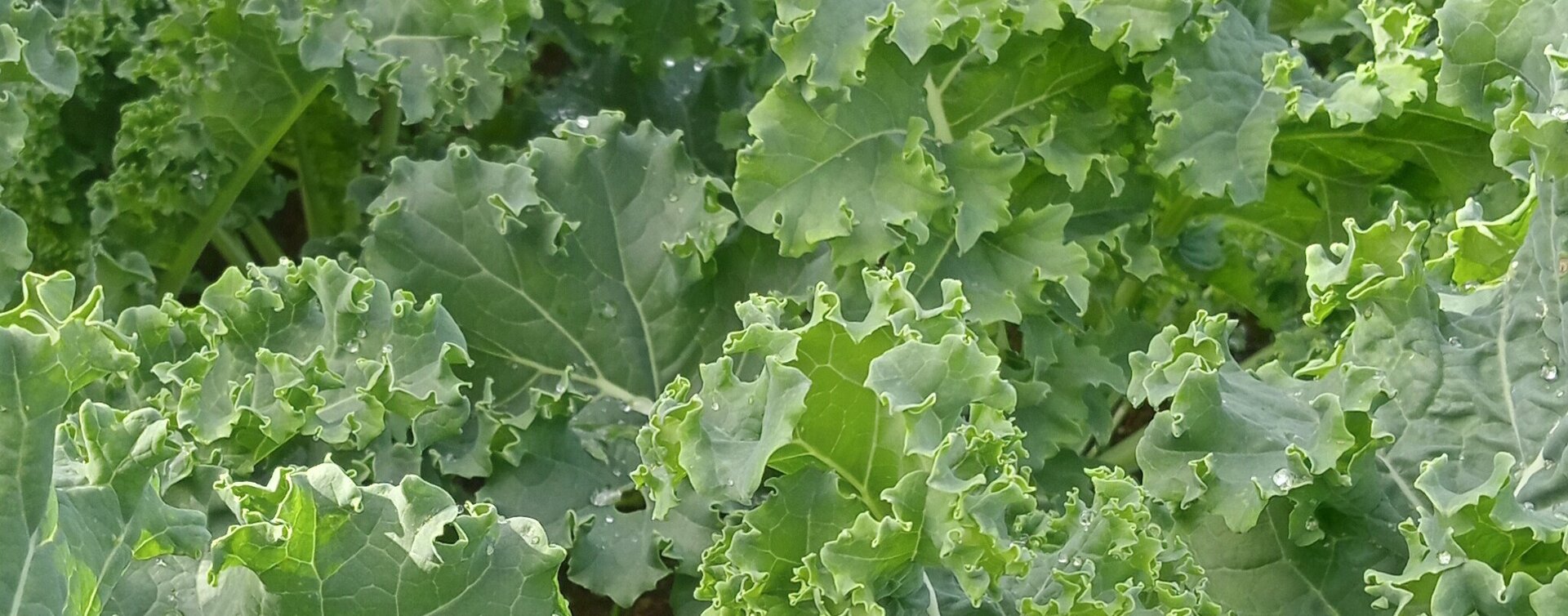Rescue Strategy 2 is all about more vegetables we can freeze to preserve for later, have them prepped or cooking things before freezing (reducing the space they take up), to make faster meal time cooking.
Video Transcription: Hi. So today I'm going to be talking about my rescue strategy number two, which is somewhat related to rescue strategy 1, which we looked at keeping off cuts of vegetables in the freezer to be used at a later date for stock and in soups and stews and things like that. So this one is also using the freezer. So, just different things that I freeze in different ways. So we've got, for example, chopped up some pumpkin, I've just put some in a container and I might have this one for example is the right amount of pumpkin for a chocolate cake that I make that uses pumpkin, so it's already chopped up and it doesn't take much from there, to make the recipe.
I make a cauliflower rice, but I make it a bit different to other people's cauliflower rice. But what I've done here is I've just put half a raw cauliflower with some onion, turmeric, paprika, cumin, and salt. So it's ready to go, so if I get that out of the freezer to defrost, I can throw it in the frying pan and cook it down, so all the moisture evaporates. And I've got a nice kind of dryish, delicious condiment to go alongside, curry or stew or something like that. And so that's prepped, ready to cook. Other things, like grating carrots and then freezing them. So that's ready to go in a cake. So I know, I usually write on them, this says three cups, so I can just easily use that.
This one's called ratatouille but I’ve just baked in the oven: cherry tomatoes, eggplant and capsicum from summer, this is from February. So it's just all chopped up and cooked together. This is really great because I can use it just like this, so it's kind of chunky. But I can also once it's defrosted, cook it up and whizz it up so it’s smooth, great for a pasta sauce or add some chicken or vegetable stock to it and turn it into soup. That's the last one from last summer!
Grating courgette so that's quite a big bag of courgette but I haven't squeezed any of the water out of it. So once it is defrosted I don't actually need to wait or salt it, all that water will come out of it because of the freezing process. Then I can squeeze that and we use this for usually courgette fritters, but also for something like a courgette loaf, where I’d squeeze a little bit of the moisture out. Freezing things does cause them to release a lot of moisture.
Cooking before freezing:
So one thing I also tried this last summer, I actually roasted strawberries, this one's with ginger and maple syrup. So if you cook things, even partially, they take up a lot less space in the freezer. That's why we do the ratatouille style bake. You can take huge amounts of capsicums and eggplants and tomatoes, and put onions and garlic with them if you want or not, or you can add that later. But what it means is that you've reduced it down so the volume that they take up in the freezer is heaps less than if you had frozen them whole or just quartered or anything like that.
Freezing raw/whole:
You can absolutely take the cores out of your peppers, throw your tomatoes into the freezer whole and once they come out of the freezer, their skins come off really easily. So if you like doing that for preserving that's really useful. But for me, I don't have a huge amount of freezer space, so it's really important that I'm kind of conscious of the space. I use those little baggies, and they can be reused as well. The takeaway plastic containers are really good, and they stack really well but they don't survive being in the freezer very well. So they'll break really quickly after having been frozen. Jars work really well, just be aware depending on what you've got in them. Make sure they're cold, like cool to room temperature or fridge temperature before you put them in the freezer. Make sure there's enough room. If you have filled them all the way over the shoulder and it expands then it's going to crack the jar. And what I actually do is I'll have the lids just sitting on top, sit them all in the freezer until they’re frozen and then do them up before they're put away. And that just guarantees that they don't break. I think I've only had a couple break and I can usually tell why. These are just old peanut butter jars that we use for that. So we'll do all our stocks and broths and things in jars as well.
So that's our rescue strategy for today, just freezing vegetables that you may be have excess of or don't get around to eating or if you have partially made a meal or you've prepped for dinner, and there's some extra or you do put some effort into prepping for more than one meal and then freezing. For the likes of the cauliflower, it makes dinner so much easier to just be able to pull something out that's already had all the chopping already done. You can just go straight into the frying pan, and it can actually be baked in the oven, which is really good for cooking larger amounts, you have to stir it less often.
